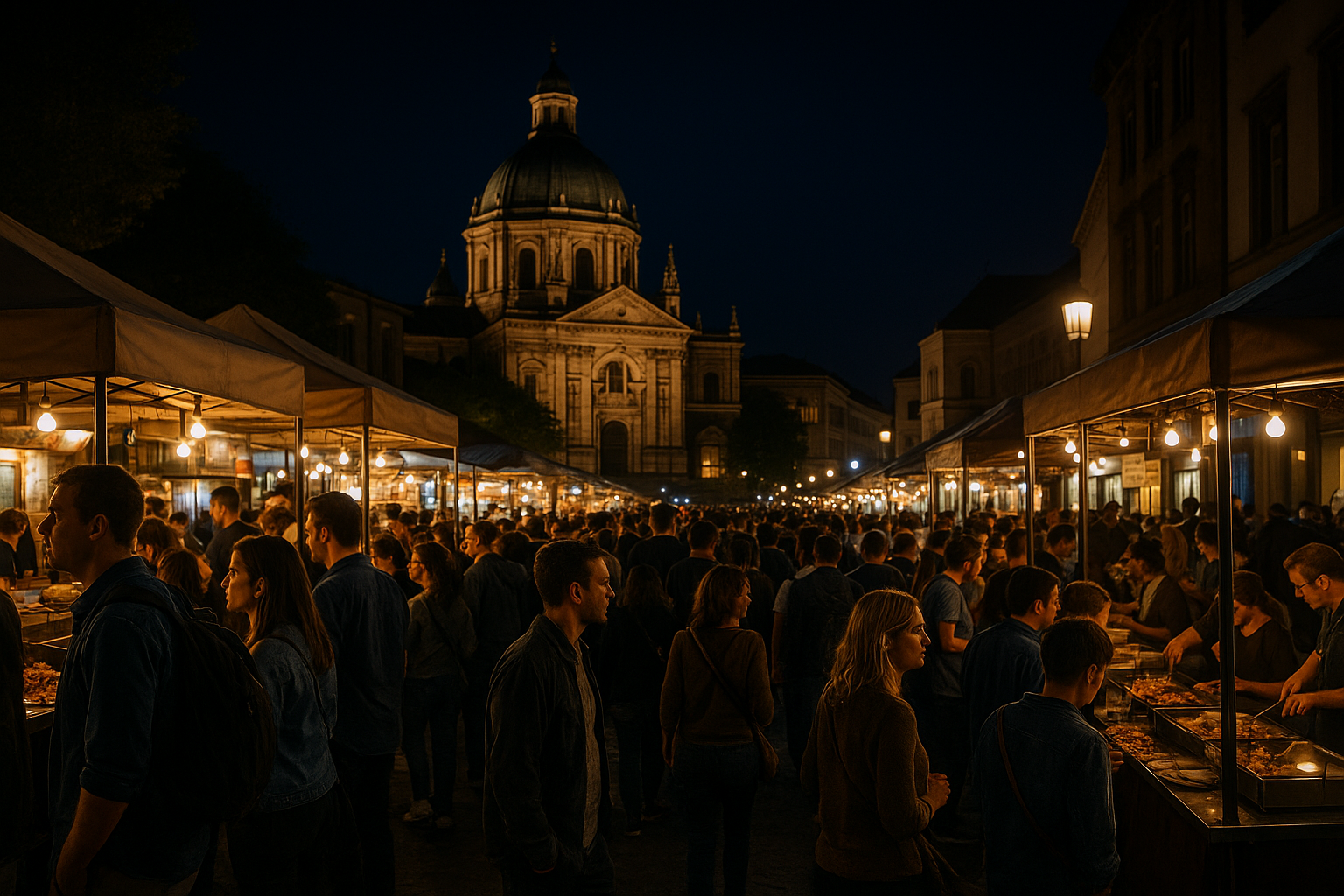The Remarkable Shift Towards Nighttime Tourism: A Deep Dive
Traveling is an activity that can take many shapes and forms, each with its own unique appeal. However, there's a travel trend that's been quietly gaining momentum in recent years: nighttime tourism. This shift towards nocturnal activities offers a different perspective on locations that many only explore during daylight hours. This article will delve into the fascinating world of nighttime tourism, its historical context, current trends, and practical applications.

Nighttime Tourism: A Historical Perspective
Nighttime tourism isn’t a recent invention. After all, cultural activities like theater, concerts, and dining have been nighttime pursuits for centuries. What’s new is the organized effort by cities and countries to promote nighttime activities as a significant part of their tourism strategy. The recognition of the economic potential of nighttime tourism has led to the development of infrastructures, policies, and initiatives to ensure safety, accessibility, and enjoyment for tourists venturing out after sunset.
The Allure of Nighttime Tourism
The appeal of nighttime tourism lies in the chance to experience a place in a different light, often literally. Major landmarks can take on a new character when illuminated at night, and the streets can offer a different vibe compared to the hustle and bustle of the day. Night markets, evening tours, and nocturnal wildlife watching opportunities are just some of the unique experiences that can make traveling after dark exciting and memorable.
The Rise of Nighttime Tourism: Trends and Developments
Several trends and developments are driving the rise of nighttime tourism. One is the proliferation of night markets, especially in Asia, offering everything from food and drinks to crafts and performances. Another trend is the evolution of nighttime tours, which often blend history, mystery, and local folklore to provide an engaging experience. Additionally, safety measures, such as well-lit paths, 24-hour tourist services, and night-time public transport, have improved, making it more convenient and secure for tourists to explore at night.
Nighttime Tourism: Advantages, Challenges, and Impact
Nighttime tourism has several advantages. It helps distribute tourist footfall throughout the day, reducing overcrowding and pressure on tourist sites during peak daytime hours. It also boosts local economies by driving demand for nighttime services and activities. However, there are also challenges, such as noise pollution, security concerns, and potential harm to nocturnal wildlife. Balancing these concerns with the potential benefits is crucial for the sustainable development of nighttime tourism.
Intriguing Facts about Nighttime Tourism
-
In 2013, Amsterdam appointed a “Night Mayor” to promote its nighttime economy and manage issues related to nighttime activities.
-
Some cities, like Paris, offer “Nuit Blanche” events, where museums, art galleries, and other cultural institutions stay open all night.
-
The concept of “Dark Sky Parks” is gaining popularity. These are areas where artificial light pollution is kept to a minimum to enable stargazing.
In conclusion, the shift towards nighttime tourism offers a fresh perspective on travel. It provides unique experiences, supports local economies, and helps manage tourist footfall. However, it also comes with its own set of challenges. Balancing the benefits with the potential drawbacks is crucial for the sustainable growth of this trend. As travelers, we have the opportunity to explore the world in a different light, literally and figuratively, adding a new dimension to our travel experiences.




